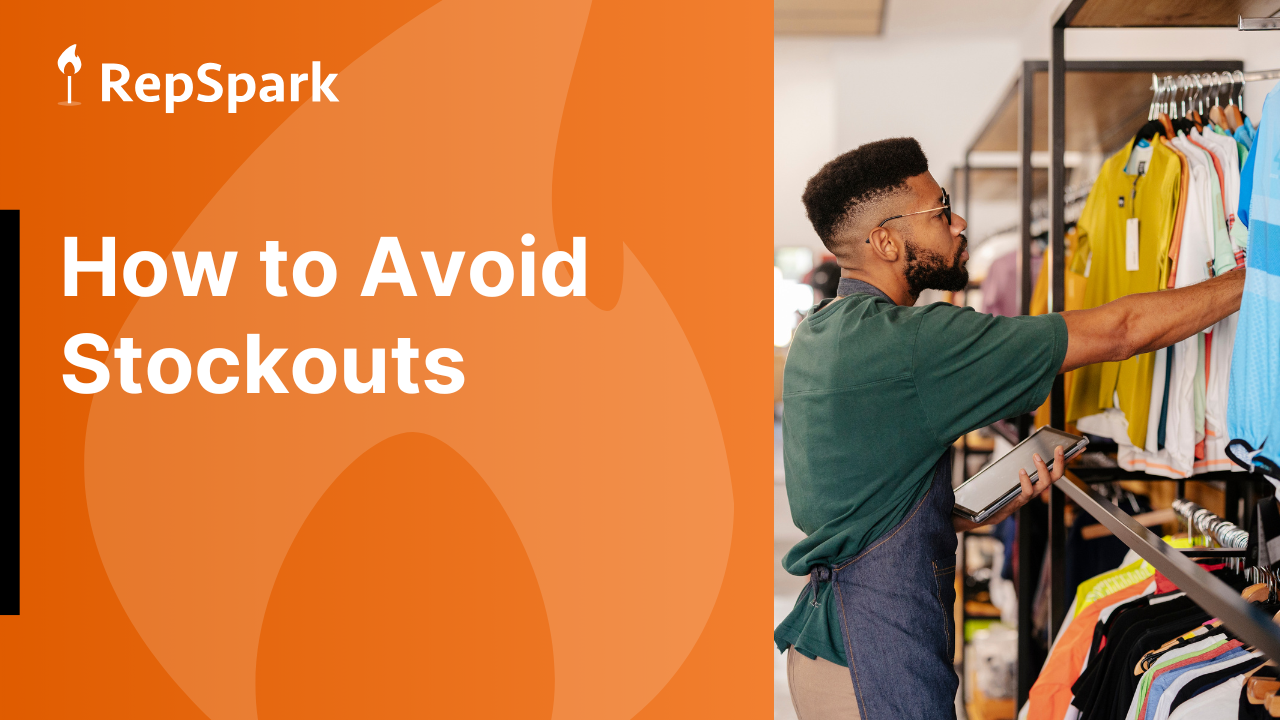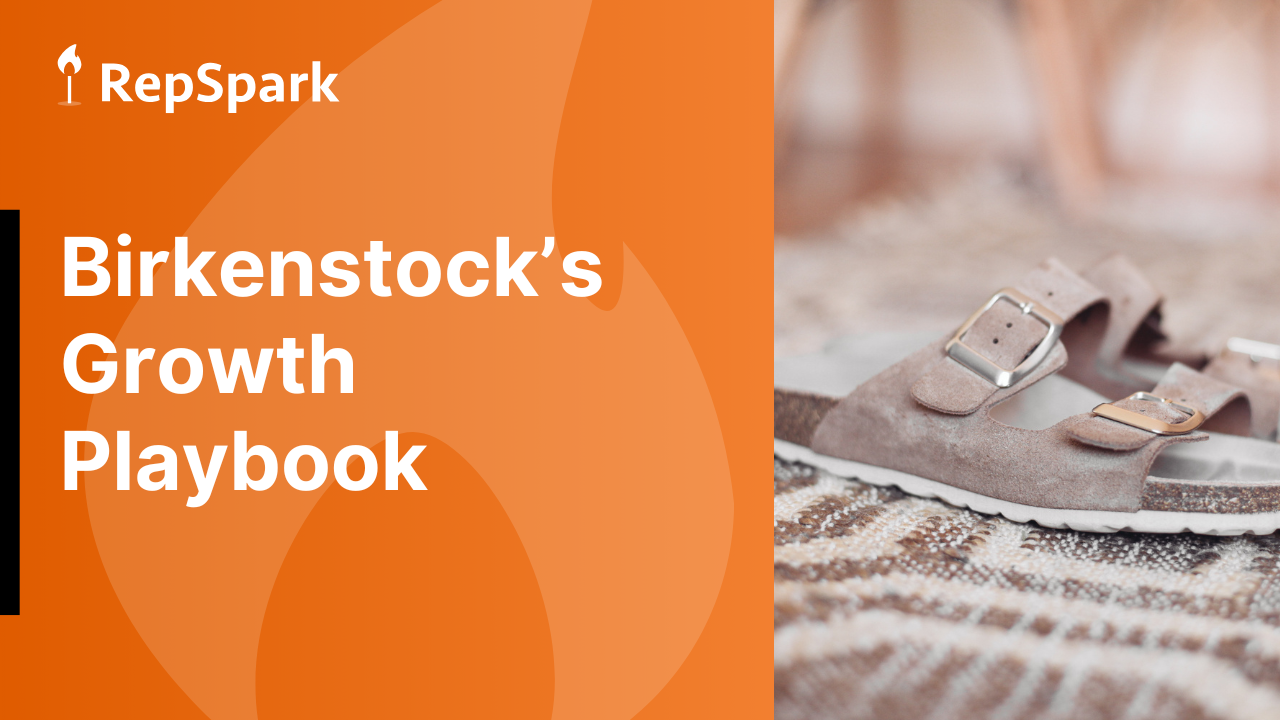How to Choose the Right Wholesale eCommerce Platform for Enterprise
- Chapter I: Introduction
- Chapter II: Why Is 2025 a Turning Point for B2B eCommerce?
- Chapter III: How Are Millennial and Gen Z Buyers Changing Wholesale?
- Chapter IV: How Is AI and Automation Reshaping the B2B Buyer Journey?
- Chapter V: How Can Brands Personalize the Wholesale Buying Experience?
- Chapter VI: How Does Omnichannel B2B Selling Support Digital-First Retailers?
- Chapter VIII: Conclusion
- Chapter VIII FAQ
Introduction
Selecting a wholesale eCommerce platform at the enterprise level can be a big change for a company. The right platform becomes the operational backbone of your business, connecting ERP, CRM, accounting, fulfillment, and analytics systems into one scalable ecosystem.
In 2025, B2B commerce buyers expect the same digital experience as DTC consumers: self-service portals, real-time inventory visibility, and seamless order management.
But enterprises have unique needs like custom pricing, global compliance, complex catalogs, and multi-channel integrations. This makes choosing the right platform more demanding for larger enterprise companies.
This guide breaks down how IT, operations, and sales leaders can evaluate wholesale eCommerce platforms holistically, from technical fit to vendor reliability.
Related Content
What Are the Key Criteria When Evaluating a Wholesale eCommerce Platform?
The foundation of your evaluation process should be built around functionality, scalability, integration, and support. Eighty percent of failed platform implementations stem from poor upfront evaluation of operational alignment, according to Forrester’s Enterprise Commerce Platforms 2025 Report.
For enterprise wholesale, your checklist should include:
- ERP and data integrations: Does it connect seamlessly with existing systems?
- Security and compliance: Is it certified for industry-specific data standards?
- Customization and flexibility: Can it handle custom workflows, user roles, and branding?
- Performance and scalability: Will it handle order spikes, global catalogs, and thousands of SKUs?
- Support and onboarding: Does the vendor offer migration help and post-launch optimization?
Platforms like RepSpark were designed with these criteria in mind. Its integrations with leading ERP systems ensure real-time accuracy and operational efficiency, while its enterprise-level data migration and support team guide brands through setup, testing, and scaling.
How Should IT Leaders Assess Integration and Security Requirements?
For enterprise IT teams, integration and data security are non-negotiable. Your wholesale platform should serve more as a central hub for product, order, and financial data and less of an isolated system.
Integration capabilities are a key differentiator. A strong platform offers an open API, ERP connectors, and support for CRM, PIM, and accounting software. RepSpark’s REST API and ERP integrations give IT teams complete control over data flow while maintaining performance stability.
On security, compliance should include GDPR certification and PCI DSS adherence, along with encryption and secure hosting infrastructure. RepSpark’s architecture meets these standards, ensuring brands maintain full control and privacy of their wholesale and payment data.
Related Content
How Can Operations Leaders Evaluate Vendor Reliability and Support?
Operational success depends on choosing a vendor that provides a true partnership. Evaluate each vendor’s reliability through references, uptime SLAs, and available support channels.
RepSpark’s Professional Services and Customer Success teams guide enterprise brands through every stage of implementation, including onboarding, user training, and continuous optimization.
Its dedicated account management ensures your system evolves alongside your business needs, not against them.
Ask prospective vendors:
- How often do you release feature updates?
- What is your average response time for support tickets?
- Do you offer implementation specialists or managed onboarding?
A reliable vendor should feel like a long-term partner, not a one-time transaction.
Related Content
How Should Sales and Operations Teams Evaluate Platform Usability?
Even the most technically advanced system fails if it’s not intuitive. Your platform should empower sales reps and retailers so they don’t feel overwhelmed by using the software. Look for features that simplify order entry, pricing management, and retailer communications.
RepSpark’s Branded Selling Tools and Order Entry System were built for real-world usability, enabling 24/7 order access, accurate stock visibility, and fast quote-to-order conversion.
RepSpark Community also increases brand visibility by connecting enterprise brands with thousands of verified retailers ready to buy.
The user experience should be visually consistent, mobile-responsive, and support regional preferences for currency, language, and fulfillment options.
How Do You Calculate Total Cost of Ownership (TCO) for an Enterprise eCommerce Platform?
The true cost of your eCommerce platform goes beyond licensing. Gartner defines TCO as the sum of software, integrations, data migration, maintenance, and internal resource costs over a five-year horizon.
Enterprises should consider:
- Implementation costs: Data migration, custom integrations, and training.
- Ongoing expenses: Hosting, support, and feature updates.
- Hidden costs: Manual data reconciliation, downtime, or patchwork system fixes.
RepSpark’s cloud-based model minimizes hidden costs by reducing IT overhead and automating updates.
When you’re comparing vendors, prioritize long-term ROI and not just the lowest quote.
A well-structured Request for Proposal (RFP) helps your organization make an informed, objective decision. It should include sections for company background, use cases, functional and non-functional requirements, and vendor support expectations.
Your RFP should clearly outline:
- Data and system integration requirements.
- Security and compliance standards.
- User and role management needs.
- Multichannel order workflows.
- SLA expectations and support hours.
RepSpark offers an RFP Checklist that helps brands assess whether a platform fits their needs. The checklist covers technical compatibility, scalability, and vendor alignment. It’s a practical first step for any enterprise evaluating wholesale eCommerce solutions.
Conclusion
Choosing the right wholesale eCommerce platform requires a balance of technology, trust, and total value. Enterprises should focus on long-term scalability, vendor partnership, and seamless integration and not just feature comparisons.
RepSpark stands out by combining enterprise-grade integrations, global compliance, and personalized support in one connected platform.
We help brands streamline operations and grow smarter in today’s digital-first wholesale world.
FAQ
What are the most important factors when evaluating a wholesale eCommerce platform?
Enterprises should look for scalability, ERP integration, data accuracy, customization flexibility, and vendor reliability. The best platforms (like RepSpark) connect seamlessly to existing systems, maintain strong compliance standards, and deliver enterprise-grade support to ensure long-term performance.
Why are integrations and security critical for enterprise platforms?
Integrations unify data across ERP, CRM, and finance systems, while strong security ensures business continuity and trust. For enterprise brands handling sensitive data, certifications like GDPR and PCI DSS compliance are essential. RepSpark’s platform provides both through real-time ERP connectivity and robust hosting infrastructure.
How can brands evaluate vendor reliability and support?
Beyond features, assess a vendor’s reputation, uptime record, onboarding process, and customer success structure. Reliable vendors provide guided implementation, responsive technical support, and proactive account management. RepSpark delivers these services through its Professional Services and dedicated Customer Success teams.
What should sales and operations teams consider when testing usability?
Usability determines adoption. Sales and operations leaders should confirm that the platform offers intuitive dashboards, simple order entry, mobile responsiveness, and clear inventory visibility. RepSpark’s branded portals and community marketplace make the buying process seamless for both reps and retailers.
How do enterprises measure the total cost of ownership (TCO)?
TCO includes more than licensing. It factors in data migration, integrations, support, maintenance, and resource allocation over time. A scalable, cloud-based solution like RepSpark reduces long-term costs through automation, built-in updates, and flexible pricing that adapts to each brand’s needs.
What should an enterprise include in its RFP when selecting a platform?
A strong RFP defines business goals, data requirements, and evaluation metrics. It should detail integration needs, compliance standards, and expected SLAs. RepSpark even offers an RFP Checklist that helps brands assess technical and operational fit before they commit.
From Our Blog
Stay up to date with what is new in our industry, learn more about the upcoming products and events.

How Golf Brands Can Build Stronger Wholesale Channels in 2026

Here’s How to Avoid Stockouts During Peak Buying Season

